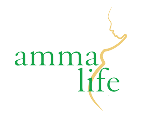Ammalife invests in research to find effective and practical solutions to barriers to good maternal health around the world. We support midwives and doctors on the ground to undertake careful research to find out which initiatives will really make a difference to women’s lives. We also support talented academics from the UK and across the globe to conduct research on maternal health. Here you will find out more about our research projects, many of which have been led by our Change Makers, and the practical impact our work is having on the ground.
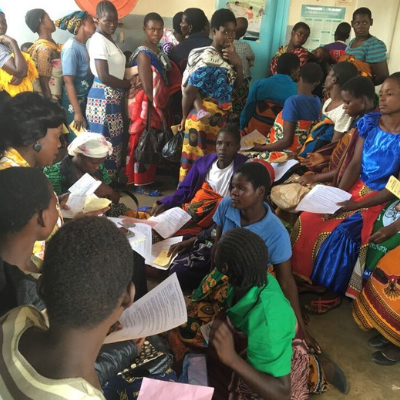
Improving Maternal and Newborn Health with Participatory Women’s Groups
Women’s groups and participatory learning can be an effective tool in low-resource settings to reduce maternal, neonatal and infant mortality.
Read more here.
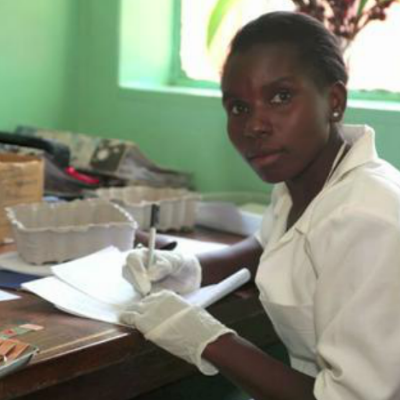
Learning from the experiences of maternity healthcare workers
Skilled maternity healthcare workers have the potential to reduce maternal and infant mortality rates, yet in Malawi they face numerous barriers to providing quality care.
Read more here.
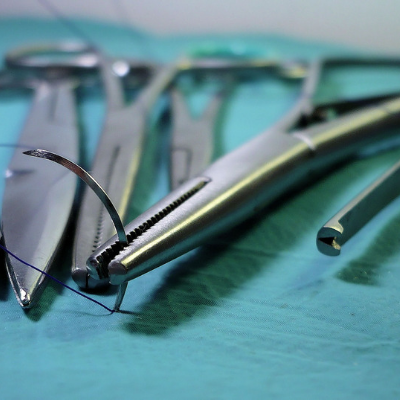
Maternal Mortality and Caesarean Sections
300,000 women die each year as a result of maternity related issues, the majority from low and middle income countries. Appropriate caesarean sections can be key to improving maternal mortality rates. Ammalife Change Maker Soha Sobhy conducted a systematic review of maternal mortality and caesarean section in LMIC to investigate this issue.
Read more here.
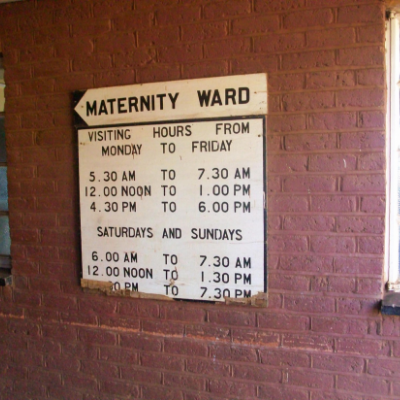
Symphysiotomy for Obstructed Labour
Obstructed labour, where a baby cannot be smoothly delivered, is a major cause of maternal death. Symphysiotomy is a procedure which aids in obstructed labour. Ammalife Change Maker Dr Amie Wilson conducted a systematic review of symphysiotomy, comparing the procedure with caesarean section, to examine the procedure’s safety and effectiveness in LMICs.
Read more here.
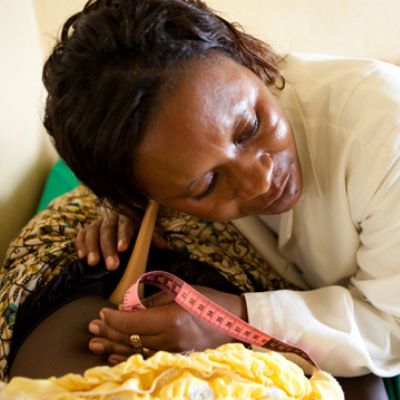
Training and Supporting Traditional Birth Attendants
Many women in poor countries go through labour with the support of traditional birth attendants (TBAs). Can training TBAs help to lower maternal and newborn mortality rates?
Read more here.
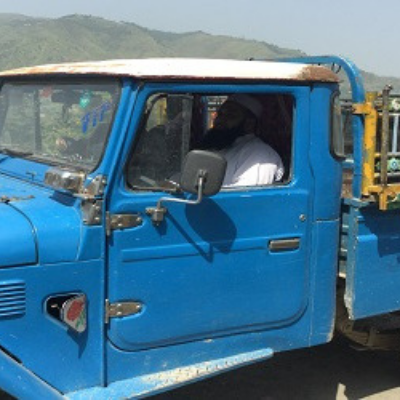
A Systematic Review of Emergency Transport for Mothers
Emergency transport for pregnant mothers can be a lifesaver for both mothers and babies in LMICs. However, many factors should be considered for transport to be effective.
Read more here.
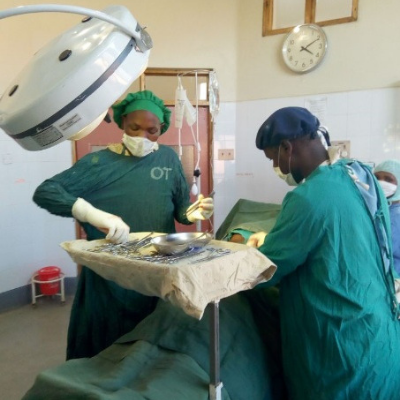
Doctors, Clinical Officers, and Caesarean Sections
In low-income settings clinical officers perform many surgical procedures when doctors are unavailable, including caesarean section. What are the outcomes on maternal and perinatal health?
Read more here.
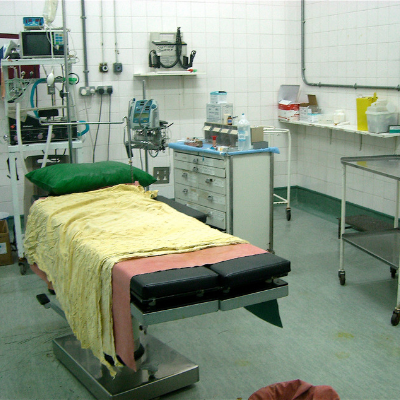
Maternal Mortality and Anaesthesia
Anaesthesia-related maternal mortality is higher in low- and middle-income countries than in high-income countries. However, with appropriate strategies, many of these deaths can be avoided.
Read more here.
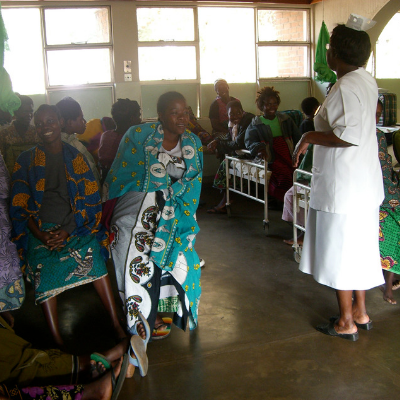
A Systematic Review of Clinical Trials on Global Women’s Health
Across the globe, clinical trials are taking place with the aim of improving maternal health outcomes for women. What are the gaps in research and what can be done to improve future studies?
Read more here.
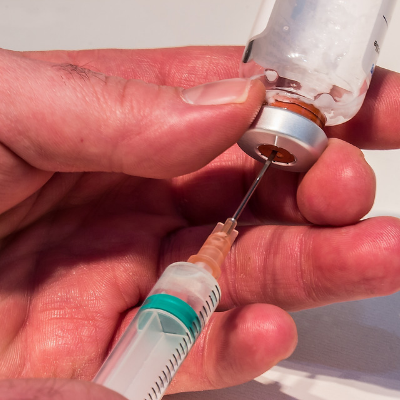
Uterotonic Agents for Preventing Post Partum Haemorrhage
Post-partum haemorrhage is the biggest cause of maternal mortality worldwide. Which drugs are the most effective in preventing it?
Read more here.
